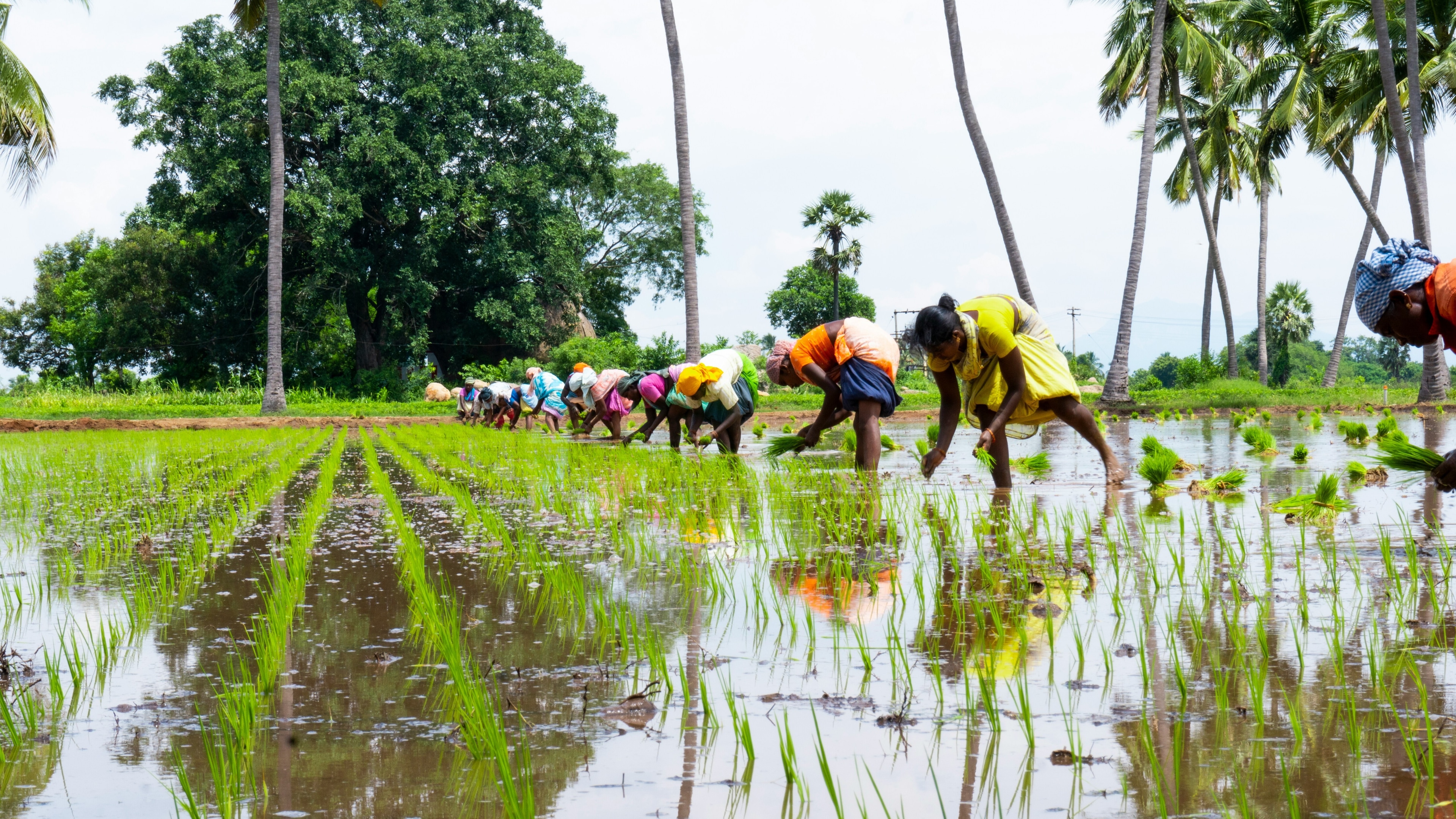Global arms sales captured in 4 charts

In 2017, Russia rose to become the second largest arms producer in the world’s Top 100, overtaking the UK Image: REUTERS/Maxim Shemetov
This article is part of the World Economic Forum's Geostrategy platform
Arms sales of the world’s 100 largest arms-producing and military services companies (the SIPRI Top 100) totalled $398.2 billion in 2017.
This was 2.5% higher than sales in 2016, and marks the third consecutive year of growth in SIPRI’s Top 100 arms sales rankings.
The overall growth was driven by increases in arms procurement spending by several states, in particular the United States and Russia.

The Top 100 companies are ranked by their total annual arms sales. As has been the case every year since 2002, companies based in the USA and Western Europe continued to dominate the Top 100 in 2017: a total of 66 US and West European companies are listed.
Their combined arms sales of $321.5 billion were 2.5% higher than in 2016, and together they accounted for 81% of Top 100 arms sales in 2017.
Taken together, the arms sales of companies based in the United States grew by 2% in 2017.
The combined arms sales of West European arms producers in the Top 100 grew by 3.8% in 2017, to $94.9 billion.
The arms sales of companies based in the United Kingdom were the highest in Western Europe ($35.7 billion in 2017), accounting for 9% of the Top 100 total in 2017.
Between 2002 and 2016, the annual combined arms sales of British companies in the Top 100 were second only to those of US companies. However, in 2017 Russia was the second largest arms producer in the Top 100: the combined arms sales of Russian companies ($37.7 billion) accounted for 9.5% of the Top 100.
With 42 companies listed in 2017– four more than in 2016 – the US companies’ share of total Top 100 arms sales was 57% per cent in 2017.

The arms sales of the Top 100 in 2017 were 44% higher than those in 2002.
The arms sales of the ten Russian companies in the Top 100 rose by 8.5% last year, making their total sales second only to those of US companies.
A Russian company – AlmazAntey – appears in the top 10 for the first time.

Chinese arms-producing companies are not covered by the SIPRI Top 100 due to the lack of data on which to make a reasonable or consistent estimate of arms sales dating back to 2002.
Nonetheless, some information is available on several major companies that are part of the mainly state-owned Chinese arms industry.
SIPRI estimates that three Chinese arms companies would be ranked in the top ten of the Top 100 arms-producing and military services companies: AVIC with arms sales of $20.1 billion, NORINCO with $17.2 billion and CETC with $12.2 billion.
Based on the limited information available and taking into account arms exports and the general growth in China’s military spending, at least seven other arms companies would probably be in the Top 100 if figures for arms sales were available.
The Top 100 compared to the world’s biggest manufacturers
The arms industry is often perceived as ‘big business’. To provide a more realistic picture, the largest arms-producing and military services companies from the Top 100 can be compared with the world’s largest companies in the manufacturing sector as listed in the Fortune Global 500 for 2017.

Such a comparison is appropriate since the production and development processes of most manufacturers and arms producers are similar.
Sales of the top 15 manufacturing companies totalled $2,311 billion in 2017. This is almost 10 times greater than the total arms sales of the top 15 arms producers ($231.6 billion).
To put this into clearer perspective, the sales of these 15 manufacturing companies are almost six times greater than the total combined arms sales of the Top 100 arms-producing companies ($398.2 billion).
The sales of one company alone—Toyota, the world’s largest manufacturing company, which totalled $254.7 billion in 2017—are 10% higher than the total combined arms sales of the top 15 arms producers.
The SIPRI top arms-producing and military services companies 2017, Aude Fleurant, Alexandra Kuimova, Nan Tian, Pieter D. Wezeman and Siemon T. Wezeman
Don't miss any update on this topic
Create a free account and access your personalized content collection with our latest publications and analyses.
License and Republishing
World Economic Forum articles may be republished in accordance with the Creative Commons Attribution-NonCommercial-NoDerivatives 4.0 International Public License, and in accordance with our Terms of Use.
The views expressed in this article are those of the author alone and not the World Economic Forum.
Stay up to date:
Fragility, Violence and Conflict
Forum Stories newsletter
Bringing you weekly curated insights and analysis on the global issues that matter.
More on Resilience, Peace and SecuritySee all
Shoko Noda and Kamal Kishore
October 9, 2025







